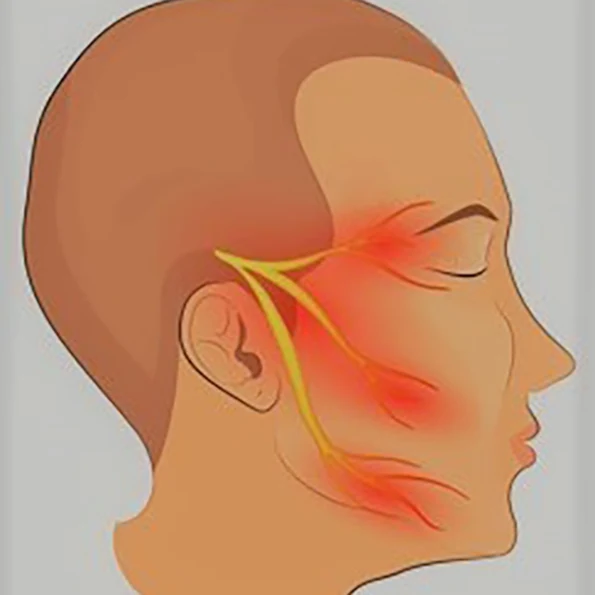1. Procedure Overview
Trigeminal neuralgia surgery is performed to relieve severe, chronic facial pain caused by irritation or compression of the trigeminal nerve. There are several surgical options depending on the patient’s condition and response to medication:
Microvascular Decompression (MVD): A small incision is made behind the ear, and a cushion is placed between the trigeminal nerve and the blood vessel compressing it. This is considered the most durable surgical solution.
Percutaneous Procedures (such as radiofrequency ablation, balloon compression, or glycerol injection): These minimally invasive options involve inserting a needle through the cheek to disrupt the nerve signals causing pain.
Stereotactic Radiosurgery (e.g., Gamma Knife): A focused beam of radiation is used to damage the nerve fibers and reduce pain transmission without a physical incision.
The choice of procedure depends on factors like age, overall health, pain severity, and prior treatments.
2. Type of Anesthesia
MVD is performed under general anesthesia.
Percutaneous procedures are typically done under local anesthesia with sedation.
Stereotactic radiosurgery is non-invasive and does not require anesthesia.
3. Possible Risks and Complications
Facial numbness or tingling
Recurrence of pain over time
Infection or bleeding (especially in MVD)
Hearing loss or balance problems (rare, in MVD)
Anesthesia-related risks
4. Hospital Stay Duration
For MVD, patients usually stay in the hospital for 2 to 3 days.
Percutaneous procedures and radiosurgery are often outpatient or require an overnight stay.
5. Important Post-Operative Care
Pain monitoring and gradual adjustment or discontinuation of medications
Avoiding strenuous activity for a few weeks after invasive procedures
Follow-up imaging or neurological exams as needed
Awareness of possible delayed numbness or recurrence of pain
Regular consultations to monitor long-term results.

